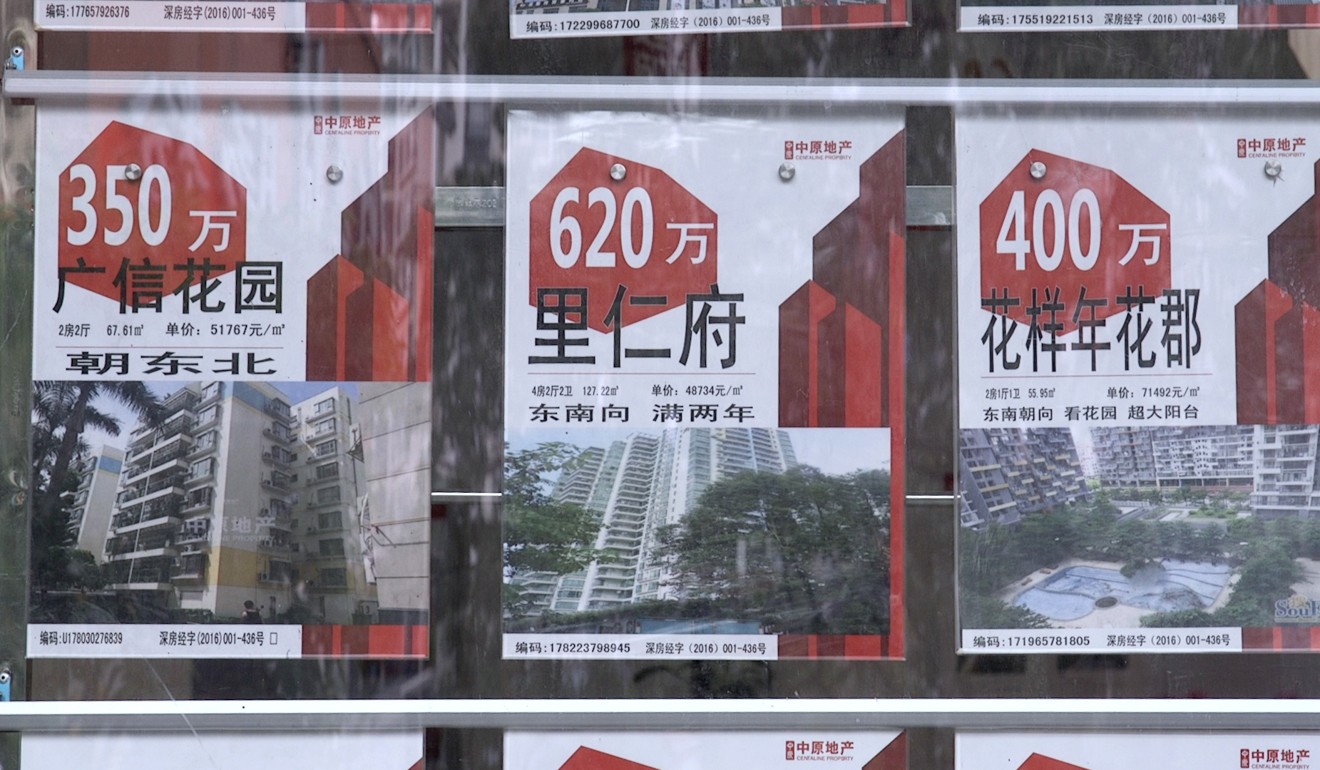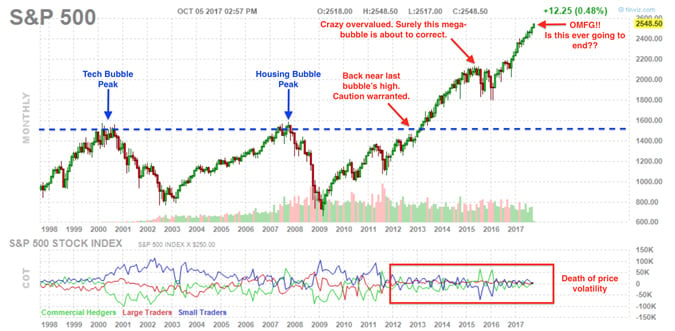– Diversify, rebalance investments and prepare for interest rate rises
– UK launches inquiry into household finances as £200bn debt pile looms
– Centuries of data forewarn of rapid reversal from ultra low interest rates
– 700-year average real interest rate is 4.78% (must see chart)
– Massive global debt bubble – over $217 trillion (see table)
– Global debt levels are building up to a gigantic tidal wave
– Move to safe haven higher ground from coming tidal wave
Last week, the Bank of England opted to increase interest rates for the first time in a decade. Since then alerts have been coming thick and fast for Britons warning them to prepare for some tough financial times ahead.
The UK government has launched an inquiry into household debt levels amid concerns of the impact of the Bank of England’s decision to raise rates. The tiny 0.25% rise means households on variable interest rate mortgages are expected to face about £1.8bn in additional interest payments whilst £465m more will be owed on the likes of credit cards, car loans and overdrafts.
The 0.25% rise is arguably not much given it comes against backdrop of record low rates and will have virtually no impact on any other rate. However it comes at a time of high domestic debt levels, no real wage growth and a global debt level of over $217 trillion.
Combined with low productivity across the developed world, experts are beginning to wonder how the financial system (and the individuals within) will cope.
After a decade of seeing negative real rates of interest many investors will be quietly celebrating that they may be about to see a turnaround for their savings. Many hope they will start being rewarded for their financial prudence as opposed to the punishing saving conditions of the last decade.
…click on the above link to read the rest of the article…
















